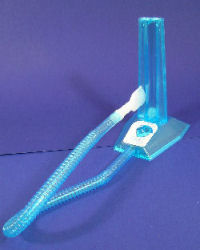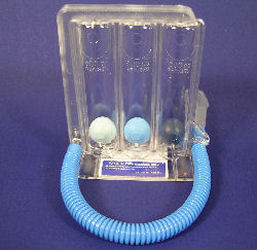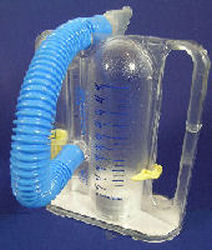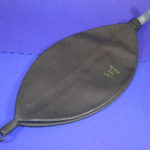Why use these Devices away from the instrument
In hospitals, after determining both the estimated vital capacity [from the formulas] and the actual vital capacity [from pulmonary function testing], the ratio is reported, determined by dividing the actual capacity by the estimated vital capacity. If, for example, a person has an actual capacity of two liters and an estimated capacity of four liters, this person would have a capacity of 50 percent of normal. If there was an actual capacity of five liters and an estimated capacity of four liters, this person would have a capacity of 125 percent of normal. It is important to realize that wind musicians seem to have a higher than normal vital capacity.
Video – Vital Capacity
Most wind players use less than one-half of their vital capacity when playing their instrument. Jacobs stated, “One of the difficulties, with men as well as women, is that the player rarely, if ever, uses all the usable air in their lungs. They may have a vital capacity of four-and-a-half liters, but that is not what they use. They use only a fraction of that capacity. A trained person might use 75 or 80 percent of their vital capacity, others will use half or less.
Video – Away from the Instrument
By removing the instrument and work away from music we eliminate a great stimulus.
For those who are well under 100 percent of their normal capacity, Jacobs had the student put down their instrument. While teaching music, he divorced remedial function matters from the actual playing of the instrument, and used a variety of external devices away from the instrument, seeking to develop new habits of breathing and air usage with his students. Since the early 1960’s, Jacobs developed and used various gauges and other such devices to help the student. In 1982, he introduced to the music world some inexpensive devices that, for the first time, allowed the student to use their own equipment on a daily basis.
Video – Breathing Devices
Air Bags

Breath Builder
Breathing Tubes and Bags

Inspiron

Triflo


